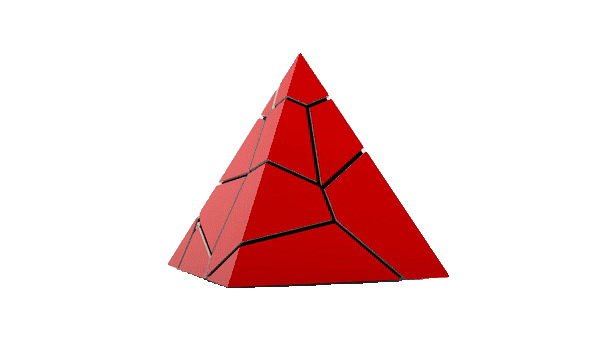THE PROBLEM
Cardiac Resynchronization Therapy (CRT)

Arrhythmias are irregular heart rhythms and can be caused by a variety of reasons, including age, heart damage, medications and genetics.
In heart failure patients, cardiac resynchronization therapy (CRT), or biventricular pacing, is used to help improve the heart’s rhythm and the symptoms associated with the arrhythmia.
The procedure involves implanting a half-dollar sized pacemaker, usually just below the collarbone. Three wires (leads) connected to the device monitor the heart rate to detect heart rate irregularities and emit tiny pulses of electricity to correct them. In effect, it is "resynchronizing" the heart.
[American Heart Association, 2020]
“Nonresponse” – the failure to improve – to cardiac resynchronization therapy reportedly occurs in 30% to 50% of patients.
Daubert C, Behar N, Martins RP, Mabo P, Leclercq C. Avoiding
non-responders to cardiac resynchronization therapy: a practical guide.
Eur Heart J 2017;38:1463–72.
“AI-Driven Roadmap”
Some of the reasons
for the non-response
might be:
Unpredictable evolution of heart failure in the individual patient
High rate of comorbidity (previous myocardial infarction etc.)
Sub-optimal position of the implanted leads (specifically LV electrode)
Impossibility of knowing a priori the exact target CS vein and its detailed characteristics, like morphology, position to the target segment of LV wall, diameter, angle
Multi-approach,
one target
Increasing CRT responders is our goal. For the patient.





